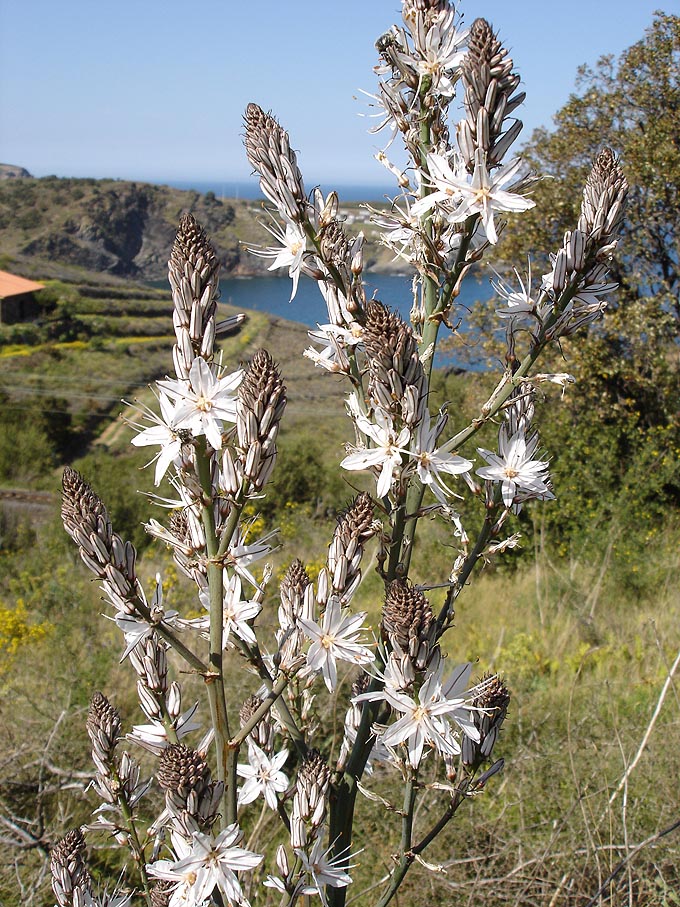|
Asphodelus Lusitanicus
''Asphodelus lusitanicus'' is a species of Asphodelus, asphodel, endemic to the Iberian Peninsula. Taxonomy Two varieties are recognised: *''Asphodelus lusitanicus'' var. ''lusitanicus''. *''Asphodelus lusitanicus'' var. ''ovoideus'' (Merino) Z.Díaz & Valdés. References Asphodelus, lusitanicus Flora of Portugal Flora of Spain Plants described in 1898 {{Asphodelaceae-stub ... [...More Info...] [...Related Items...] OR: [Wikipedia] [Google] [Baidu] |
António Xavier Pereira Coutinho
António Xavier Pereira Coutinho (11 June 1851 - 27 March 1939) was a Portuguese botanist and agronomist, born in Santo Estêvão, Lisbon. He published two editions of ''The Flora of Portugal'', and is the scientific authority for a hundred plant taxa, across many families. He died at Alcabideche, aged 87 Publications * * References External links * Fotografia Photograph of A. X. Pereira CoutinhoO Distrito de Bragança numa carta de D. A. X. Pereira Coutinho 1851 births 1939 deaths People from Lisbon Academic staff of the University of Lisbon 19th-century Portuguese botanists Portuguese agronomists 20th-century Portuguese botanists {{Portugal-botanist-stub ... [...More Info...] [...Related Items...] OR: [Wikipedia] [Google] [Baidu] |
Asphodelus
''Asphodelus'' is a genus of mainly perennial flowering plants in the asphodel family Asphodelaceae that was first described by Carl Linnaeus in 1753. The genus was formerly included in the lily family (Liliaceae). The genus is native to temperate Europe, the Mediterranean, Africa, the Middle East, and the Indian Subcontinent, and some species have been introduced to, and are now naturalized in, other places such as New Zealand, Australia, Mexico and southwestern United States. Many asphodels are popular garden plants, which grow in well-drained soils with abundant natural light. Character The plants are hardy herbaceous perennials with narrow tufted radical leaves and an elongated stem bearing a handsome spike of white or yellow flowers. ''Asphodelus albus'' and '' A. fistulosus'' have white flowers and grow from high; '' A. ramosus'' is a larger plant, the large white flowers of which have a reddish-brown line in the middle of each segment. Etymology The genus name is derived ... [...More Info...] [...Related Items...] OR: [Wikipedia] [Google] [Baidu] |
Iberian Peninsula
The Iberian Peninsula (), ** * Aragonese and Occitan: ''Peninsula Iberica'' ** ** * french: Péninsule Ibérique * mwl, Península Eibérica * eu, Iberiar penintsula also known as Iberia, is a peninsula in southwestern Europe, defining the westernmost edge of Eurasia. It is principally divided between Spain and Portugal, comprising most of their territory, as well as a small area of Southern France, Andorra, and Gibraltar. With an area of approximately , and a population of roughly 53 million, it is the second largest European peninsula by area, after the Scandinavian Peninsula. Name Greek name The word ''Iberia'' is a noun adapted from the Latin word "Hiberia" originating in the Ancient Greek word Ἰβηρία ('), used by Greek geographers under the rule of the Roman Empire to refer to what is known today in English as the Iberian Peninsula. At that time, the name did not describe a single geographical entity or a distinct population; the same name was us ... [...More Info...] [...Related Items...] OR: [Wikipedia] [Google] [Baidu] |
Flora Iberica
''Flora Iberica: Plantas vasculares de la Península Ibérica e Islas Baleares'' ("Vascular plants of the Iberian Peninsula and Balearic Islands") is a Spanish scientific journal specializing in botany. It was established in 1980. It is published by the Real Jardín Botánico de Madrid ' ( Spanish for ''Royal Botanical Garden of Madrid'') is an botanical garden in Madrid (Spain). The public entrance is located at , next to the Prado Museum. History The garden was founded on October 17, 1755, by King Ferdinand VI, and .... References Botany in Europe Flora of Spain Spanish-language journals Publications established in 1980 1980 establishments in Spain {{botany-journal-stub ... [...More Info...] [...Related Items...] OR: [Wikipedia] [Google] [Baidu] |
Flora Of Portugal
Flora is all the plant life present in a particular region or time, generally the naturally occurring (indigenous) native plants. Sometimes bacteria and fungi are also referred to as flora, as in the terms ''gut flora'' or '' skin flora''. Etymology The word "flora" comes from the Latin name of Flora, the goddess of plants, flowers, and fertility in Roman mythology. The technical term "flora" is then derived from a metonymy of this goddess at the end of the sixteenth century. It was first used in poetry to denote the natural vegetation of an area, but soon also assumed the meaning of a work cataloguing such vegetation. Moreover, "Flora" was used to refer to the flowers of an artificial garden in the seventeenth century. The distinction between vegetation (the general appearance of a community) and flora (the taxonomic composition of a community) was first made by Jules Thurmann (1849). Prior to this, the two terms were used indiscriminately.Thurmann, J. (1849). ''Essai de Phy ... [...More Info...] [...Related Items...] OR: [Wikipedia] [Google] [Baidu] |
Flora Of Spain
Flora is all the plant life present in a particular region or time, generally the naturally occurring (indigenous) native plants. Sometimes bacteria and fungi are also referred to as flora, as in the terms '' gut flora'' or '' skin flora''. Etymology The word "flora" comes from the Latin name of Flora, the goddess of plants, flowers, and fertility in Roman mythology. The technical term "flora" is then derived from a metonymy of this goddess at the end of the sixteenth century. It was first used in poetry to denote the natural vegetation of an area, but soon also assumed the meaning of a work cataloguing such vegetation. Moreover, "Flora" was used to refer to the flowers of an artificial garden in the seventeenth century. The distinction between vegetation (the general appearance of a community) and flora (the taxonomic composition of a community) was first made by Jules Thurmann (1849). Prior to this, the two terms were used indiscriminately.Thurmann, J. (1849). ''Essai de ... [...More Info...] [...Related Items...] OR: [Wikipedia] [Google] [Baidu] |


